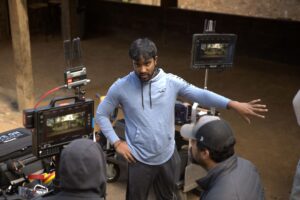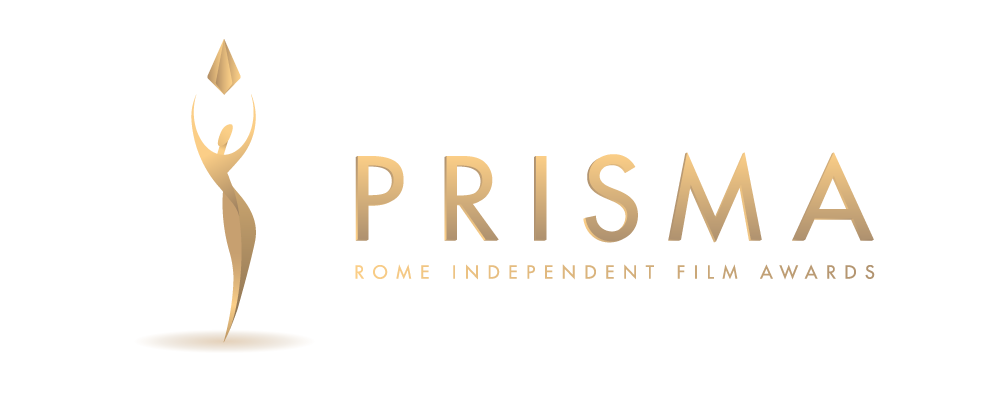13 Mar An interview with Kiran Kondamadugula, director of “ID”
BIO
Kiran is an IT professional who is into film-making for more than 10 years. Kiran started making short films in 2012 and debuted with an indie feature film titled GATHAM in 2020 on Amazon Prime. His second feature, ID is acquired by a leading distribution company in India and is gearing up for a worldwide digital debut in 2023. By directing/producing more than half a dozen short films, 1 web series, and 2 commercials, Kiran accumulated a wealth of experience in various crafts. His major strength is the screenplay and Kiran enjoys telling stories in a non-linear fashion.
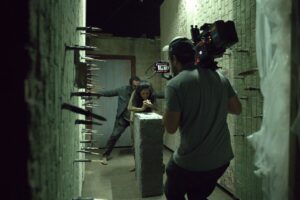
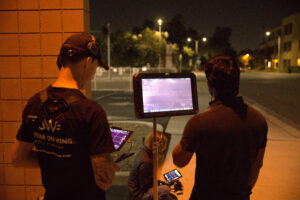
Conflict and tension are the two central forces in your film. How did you figure out what would be the right balance to make this story work?

What draws you to filmmaking and cinematic language?
The freedom to express my way of looking at people and places via a visual medium. And the satisfaction of creating art that doesn’t need my physical abilities, unlike painting, singing, or dancing.

What is the distribution plan for your film and how do you plan to reach a wider audience for your project?
I have to thank Amazon Prime for believing in the content and acquiring my first indie feature Gatham in 2020. It was released across 160 countries and went on to rake in millions of watch hours. It helped me build a portfolio and pitch ID to various studios in India. We are on the verge of locking a deal with one of the top OTT players and I am hoping it is going to be a worldwide debut. And thanks to film festivals like Rome Prisma Film Awards, I can reach out to fellow filmmakers to showcase my movie and gather their thoughts. Helps me improve as I take one step at a time.
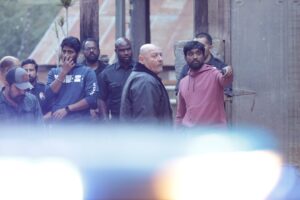
I want to explore more genres and try not to limit myself to just dark thrillers. My next one is a heist drama and I am upbeat about this project.
